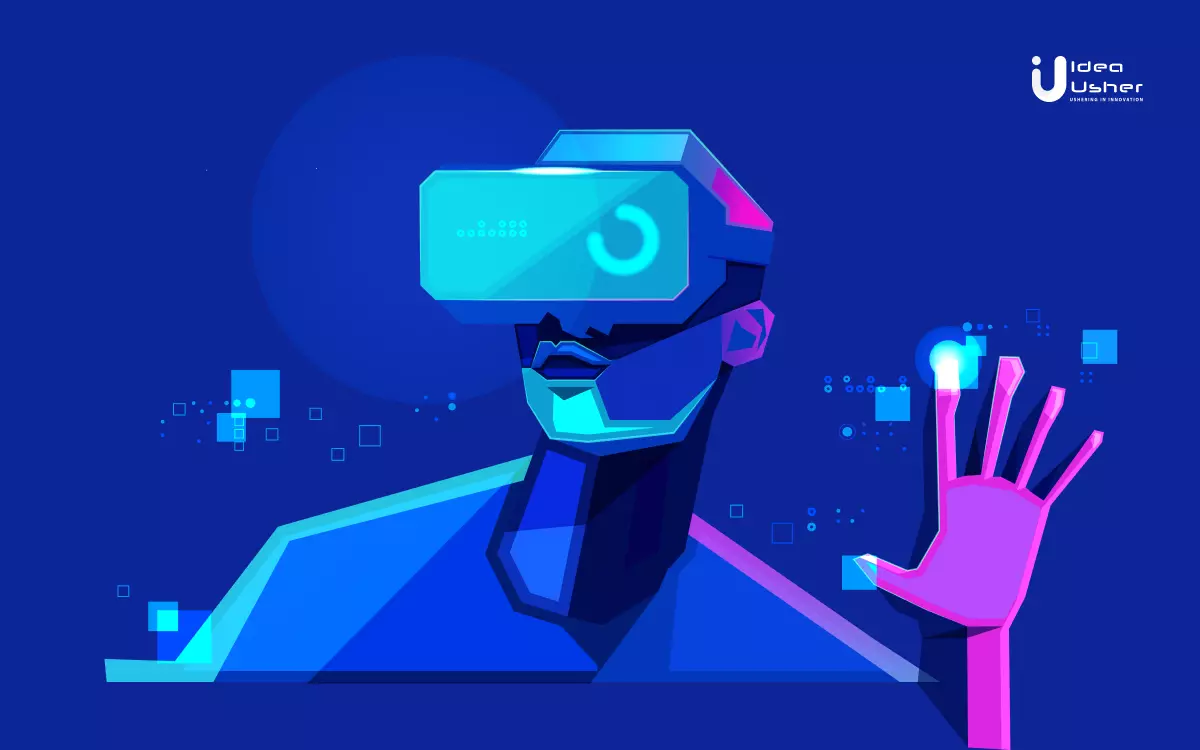Top 10 Virtual Reality Software Development Tools in 2023
Virtual reality is a simulated 3D environment that provides the user with a one-of-a-kind interactive experience. Every user opts for an extremely realistic and out-of-the-box technology experience. Although hardware aids in bringing the experience to life, many excellent VR software development tools work behind the scenes to make this possible.

The users typically wear VR systems to simulate an interactive VR game or experience, which is sometimes referred to as the leading cause of virtual reality motion sickness. Augmented and mixed reality are becoming as important as virtual reality. Modern gaming is incorporating VR, AR, and other technologies into interactive experiences. For this, without the best VR development tools available, virtual reality software development can only go so far. The world has a plethora of VR developer tools for creators under its belt. Here are the top 10 most innovative Virtual Reality Software development tools available in 2023:
1. Unity
Unity is a leading VR development tool that is widely used to create robust games such as Pokemon Go and many others. It is a cross-platform tool for creating VR content that is compatible with multiple platforms, including PC, console, mobile, and web. Using high-fidelity graphics enables developers to create advanced VR system applications that work with a variety of VR headsets. It is a powerful tool that is an excellent choice for deploying an immersive VE experience.
2. Blender
Blender is a free and open-source 3D software suite that many people use for powerful VR development. It includes the most recent version of Blender 2.80, which is integrated with quality-level attributes and is very user-friendly. Developers can use this software to create high-quality animated content, visual effects, and robust virtual reality applications. Blender is the best software development tool for game developers to develop VR apps because it allows them to easily test and export.
3. Maya
Maya is a professional program for producing 3D animation and modeling and capable of creating virtual reality (VR) experiences. Maya, an Autodesk 3D animation program, can be used to create models, animations, and environments. In its VR experiences, this tool provides dynamic editing and development of 3D models to provide realistic animations and special effects.
4. Unreal Engine
Another complete suite of developer tools, including VR compatibility, will be the powerful Unreal Engine. The Unreal Engine is ideal for a wide range of industries, including gaming, film, architecture, automotive and transportation, broadcasting, and AR/VR simulation. Creators have complete freedom to create cutting-edge visuals, a rich entertainment experience, and immersive virtual worlds.
5. A-Frame
This is an open-source web framework for creating three-dimensional virtual reality (VR) experiences using the three.js JavaScript library, which allows VR applications to run in web browsers. A-Frame can run on multiple web browsers, making the VR experience available to a larger target market. It is an easy-to-use VR development tool that enables developers to create robust VR scenes and work on 3D graphics programming using HTML tags.
6. VRTK
VRTK is a virtual reality toolkit that provides a variety of Unity scripts to provide robust solutions to problems that arise during the development phase. It includes a wide range of functionalities such as basic interactions, teleporting, and object manipulation. In addition to the APIs provided by the SDK, that toolkit allows developers to customize the toolkit’s functionality to meet their specific needs.
7. OpenVR
OpenVR is a VR SDK and application programming interface that serves as an abstraction layer between VR devices and applications. This tool is closely related to SteamVR because it serves as an API to it, but it can also be used independently. OpenVR is compatible with a wide range of VR hardware devices, allowing developers to integrate it with a wide range of VR software and applications.
8. Amazon Sumerian
Amazon Sumerian is a platform for developing and deploying high-quality virtual reality (VR) experiences like 3D animation, robust simulations, and highly interactive environments. This tool is extremely useful for creating highly interactive and immersive VR experiences with multi-domain integration, such as gaming, education, and training.
9. echoAR
This is a cloud platform for augmented and virtual reality (AR/VR) that serves as a server-side infrastructure to quickly build market-ready three-dimensional apps. echoAR provides developers with a toolset and services for creating and hosting 3D content for both web and mobile platforms. This enables a variety of features, such as web-based drag-and-drop editors and APIs.
10. Eyeware Beam Head and Eye Tracking Software Development Kit
Eyeware Beam’s software development kit (SDK) allows developers to incorporate gaze-based interactions into their applications by tracking the user’s head and eyes using computer vision and machine learning algorithms. This tool provides precise and accurate gaze data in real-time, which can be used to control the user interface, adjust the display, or initiate other actions.


